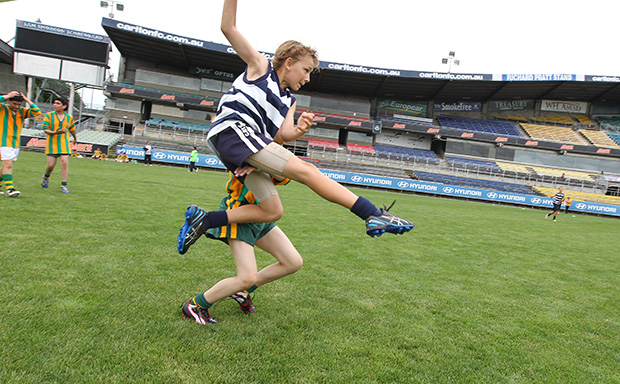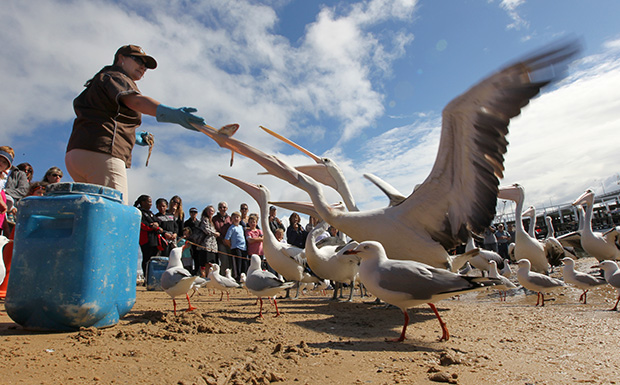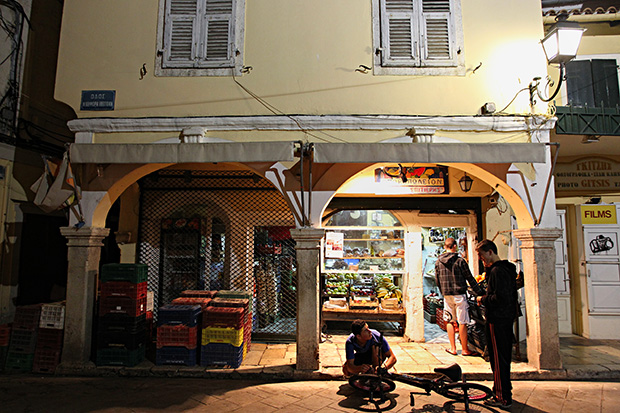Technology is increasingly creating more options for photographers, but you should still rely some tried and tested techniques which can really lift your images, says Robert Keeley.
Just as digital technology is expanding in every area of our lives, it is also becoming central to the creation of our images. It’s always been the case that technology has been as important as creativity in our craft, but now both software and hardware options seemingly dominate the image-making process.
Almost every month cameras are released by major manufacturers and mobile and social media options for the creation of pictures are increasing exponentially. Of course, software packages are now also inherent to the development of creative pictures. But amid this explosion of options it can be easy to forget the basics.
So here I want to briefly outline three non-technical options that photographers should think about and work with to improve their techniques.
01 DEVELOP YOUR REACTIONS
You can have the most expensive SLR in the world, understand every menu in its system, and you can still miss a good shot. Perhaps the most basic non-technical skill in photography is to develop your ‘instinct’ for a photograph. It’s the type of reaction that professional shooters rely on to get the job done. Some pictures are obvious (and indeed some are set up, which requires a different set of skills!). But if you’re a creative photographer many images will rely on you knowing exactly when to press the shutter.
There can be huge difference in the timing of photographs, which can make them very good or very average. Professionals understand this basic tenet of the craft. Sports or action photos require split-second reactions, but they also require an understanding of when to capture peak moments. It’s not easy to gain that instinct, and it usually requires some prior knowledge of the particular sport or action moment. Keen observation of your subject is a good starting point.

Shooting sports is one very effective way of developing an instinct for an image. Peak action is mostly unpredictable and instantaneous. You need to study the action to pick the flow of the game. Once you do so, you can use this skill in other environments.

In this scenario I had to wait until these pelicans closed in on their feeder. It then required quite a few shots to get the moment when one of the birds snapped at a fish, but hadn't gulped it down!
And anticipation is crucial, but this also applies to images like landscapes. Here the key elements will usually be the light and the weather. Shooting good landscapes can require extreme patience. Often landscape experts can wait around at a location, and not even take one picture. They may even return on multiple occasions. They learn that patience is indeed a virtue. Of course, when a rising or setting sun creates an idyllic moment, they also know they have just a few moments to capture the peak of the scene. This type of knowledge can’t be bought in a box or downloaded off a website.
Fundamentally, great photography relies on hard-won experience, so get out and take more pictures. It may take some time, but the more you shoot and analyse each image, the more you will hone your reactions. By weight of numbers you’ll soon find your instinct for ‘seeing’ an interesting photo will sharpen up.
02 SET YOURSELF A TEST
Tied into the first point is this second tip. Like most practical skills, photography requires practice. It’s important to remember that every great photographer in the world has started in exactly the same place as you – with a camera, and no real idea what to do with it!
As they develop their skills they push their boundaries. At some point every photographer may reach a point where they plateau. When you read about the greats you will discover this has happened to many of them at different times in their careers. This might then be a good time to set yourself some tests.
Whether it be simply taking your camera off ‘Auto’ or setting yourself an assignment, testing your parameters can be great way to push through any levelling off you may feel is occurring with your photography. Creating an assignment is a great way to improve. Consider the parameters which interest you (so you’ll stick with it), but also some which will extend your abilities.
Assignments can be short term – say over a week to two – or longer term, running for months or even years. Some of the greats of the craft have worked this way from time to time, even when they’ve also worked as professionals. Whether your interest lies in portraiture, twilight shoots, or even table-top still lifes, if you can devote some regular time to assignments you’ll find they’re a great way to extend your knowledge of technique, and you’ll also build up a themed portfolio to show friends, or potential clients.
And importantly, you’ll also learn how to explore any given photographic subject in more depth.
03 AIM FOR ‘IN-CAMERA’ IMAGES
In the digital imaging world we live in, it’s easy to go overboard with post-production work. Every digital image requires some adjustment, from simple cropping, to playing with levels. Fans of the skills of post-production can literally spend hours on their images, adding vignettes, layers or doing other neat tricks.
But it’s worth remembering that any software adjustment is always more effective if you have a good image to start with. Many professionals advise amateurs to “get it right 'in-camera' first” before they start working with post-production software. Partly this is good professional practice, because the pros realise that time on the computer can rarely be fully costed out on their invoices. It’s simply more cost-effective to make their image as good as it can be when they press the shutter button.
But what’s good for professionals is often also good for amateurs. You might like playing with your images on a computer screen, and that’s fine, but the closer you make an original file to what you want, the finer you can make your technical adjustments when you sit down with your software.
Check the potential for distractions within your scene, double check all your ISO, aperture, and shutter speed settings, and make sure you are set up for a shoot well in advance of when you should be ready. Follow the advice of the pros, and take the time to make your picture as accurate to your vision as you can “in camera” first.

An early morning start was required to get this shot of a sunrise shining through morning mist. Other than cropping and minor sharpening no other adjustments were made. Aiming to shoot this way is a great practice technique.

Shooting at night in urban environments is a great way to stretch your capabilities. Using the artificial lights of a city can create strong contrast and high-impact shots.

This image of a city monument reflected in a shallow pool proved to be quite challenging without a tripod. As it required a longer exposure, but I still wanted a sharp shot, I sat down and braced both elbows on my knees. This was part of a series on urban images at night. This type of scenario can test both your technical and creative thinking and is well worthwhile searching out.







